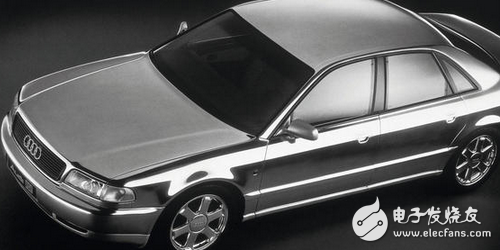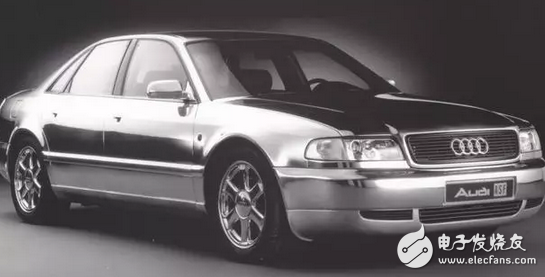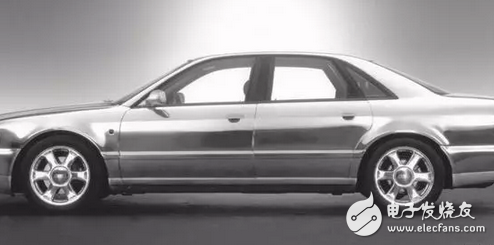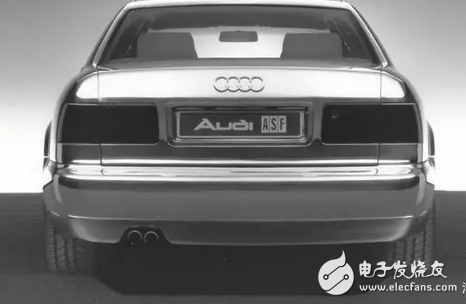The history of the Audi A8 can be traced back to 1982, when Audi CEO Ferdinand Piech and Alcoa Aluminium signed the first lightweight material structure agreement for the high-end models.

Perhaps it is not appropriate to use the "concept car" to describe the ASF. It is more like the prototype of the first generation A8. When it was exhibited at the IAA (Hanover International Commercial Vehicle Show), the body was made of unpainted polished all-aluminum material. To announce to the world that Audi is focused on lightweight ambitions.

When the first-generation A8 was put into production in 1994, its all-aluminum body was lighter than the previous generation's flagship model, which gave a very impressive impression on the weight of 249 kilograms.

The first-generation A8 has more than 40 patents on its all-aluminum body, which is 40% lighter than traditional body frames. Although some areas are 1.8 times thicker than traditional steel structures, Audi has succeeded in reducing the weight of these areas by 110 kilograms. They say that these areas can actually be lighter, but compromised with security.

ASF uses a large number of die-cast profiles (many of which are closed multi-cavity profiles), and about 75% of the assembly work is hand-assembled by Audi's Neckarsulm plant, which accounts for approximately 71% of the entire body parts.

However, ASF is not the first time Audi has demonstrated its all-aluminum body structure. Eight years ago at the 1993 Frankfurt Motor Show, in 1985, Audi exhibited an all-aluminum Audi 100 in Hannover. Later, in 1991, Audi exhibited the aluminum body Quattro Spyder and the Avus concept car.
Today, Audi's fourth-generation A8 is ready to go, it will continue to use lightweight technology inherited from ASF, the body uses aluminum, magnesium alloy, steel, carbon fiber reinforced materials (CFRP), and will use the right materials in the "right place" .
In addition, the largest part of the new A8 passenger compartment is the rear CFRP structural panel, which has increased the torsional stiffness of the vehicle by more than 30%.
On July 11th, the new Audi A8 will be officially released at the Audi Summit in Barcelona. Want to know all about the new generation A8? Pay attention to the car review, and we will bring comprehensive reports.
A prism (Prism) is an optical element that deflects light according to a specific angle between the emitted light and the incident light. In the optical path, the prism has the function of changing the angle between the emitted light and the incident light (such as deflection 90°, 180°, etc.), shifting the light and changing the direction of the image. Prisms are widely used in laser research, laser optical systems, optical imaging, machine vision, life sciences, biomedicine and other fields or products. United Optics can provide a variety of prism stock standard products, such as K9 standard precision Right Angle Prism, K9 high precision right angle prism, UV fused silica standard precision right angle prism, UV fused silica high precision right angle prism, K9 pentagonal prism, K9 Dove prism, K9 roof prism, K9 corner reflector (K9 corner prism), ultraviolet fused silica corner reflector (ultraviolet fused silica corner prism), wedge prism, etc.
The "dispersive prism" that decomposes the composite light into the spectrum in the spectrometer, the more commonly used is the equilateral prism; in the periscope, binocular telescope and other instruments, the direction of the light is changed to adjust the imaging position of the "total reflection prism". ", generally right-angle prisms are used.
Irregular Prism,Special-Shaped Prism,Octagonal Prism,Mini Prism
Bohr Optics Co.,Ltd , https://www.bohr-optics.com